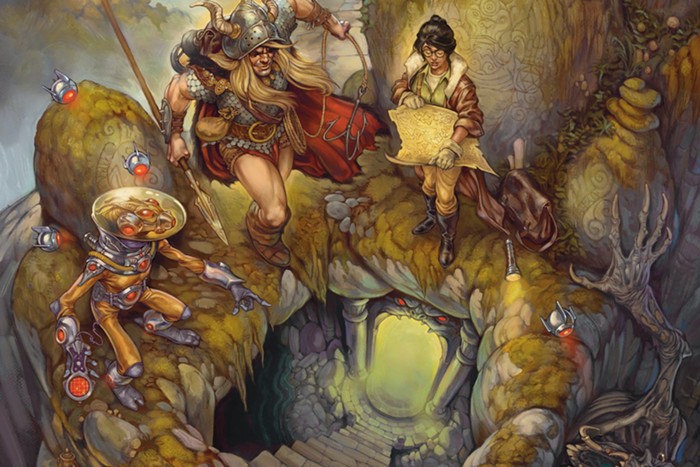
Literary Hub reports that the peacocks on Flannery O'Connor's farm in Georgia are not doing well.
These aren't the same peacocks that O'Connor took care of in her (cut-way-too-short) life. These are the peacocks who now strut around the farm in honor of O'Connor's love of peacocks.
On the fittingly Gothic fate of the peacock heirs of Flannery O'Connor https://t.co/kZ4kNOXVuX pic.twitter.com/5aP1eTUh6F
— Literary Hub (@thelithub) October 20, 2015
At the beginning of this year, reports LitHub correspondent Margaret Eby, the farm, which is now a museum devoted to O'Connor's life and work, "sheltered three shimmering birds, all named after characters in O’Connor’s short stories."
One of the birds was named "Joy/Hulga," after my favorite character in American fiction, the young woman with a wooden leg in "Good Country People" who hates her life so much she changes her name from Joy to Hulga, because it's the ugliest name she can think of. Another bird on the farm? Manly Pointer, named after the Bible salesman who steals Hulga's wooden leg at the end of that story. (Spoiler alert!) The third bird? Mary Grace, after a character in the story "Revelation."
Reportely, Manly Pointer was acting sluggish at the first of the year ("He’s a peacock, so we’re used to seeing him strutting around, and we noticed he was sitting down a lot") and then on January 8 he died in someone's arms on the way to the vet.
Then, one morning more recently, the peacocks' caretaker came to find Mary Grace had been "savagely" murdered. According to Elizabeth Wiley, the executive director of Andalusia Farm:
[T]he peacocks’ caretaker came in to see an unusual number of feathers scattered all over the pen, and a hole in the wiring. “Mary Grace had been savagely murdered,” Wylie said. “I say ‘murdered’ because the creature, we think a weasel, didn’t eat her. There were body parts all over. The creature ate her face. That’s one of the characteristics of a weasel, is it eats the face. ”
Now, I am one of those weird people who sees hints of Flannery O'Connor's darkness everywhere—here's a column I wrote in 2006 called "A Good Mood Is Hard to Find"—so it's no surprise I fully agree with Eby's take: the fate of Mary Grace "seems to have a tinge of O'Connor's love of the macabre."
You know what else has a tinge of the macabre? The "ghost donkey" said to haunt O'Connor's old farm.
You know what else has a tinge of the macabre? Keeping these birds captive. "This is a lesson in having a living collection," Wylie tells LitHub. "We’re a museum, so we have the non-living collection—Flannery’s bed and her crucifix, all the farm tools and implements. But there’s also a living collection..."
As for Joy/Hulga, the peacock (not the literary character), the only one remaining of the three, how's she doing after the deaths of her many-eyed friends? Specifically the death-by-facial-consumption of Mary Grace?
The lone remaining peacock, Joy/Hulga, escaped with her life but not, Wylie suspects, without some trauma. “Of course, she must have witnessed all that.” Wylie said. “I just can’t imagine. It does have a Flannery flair to it.”



















